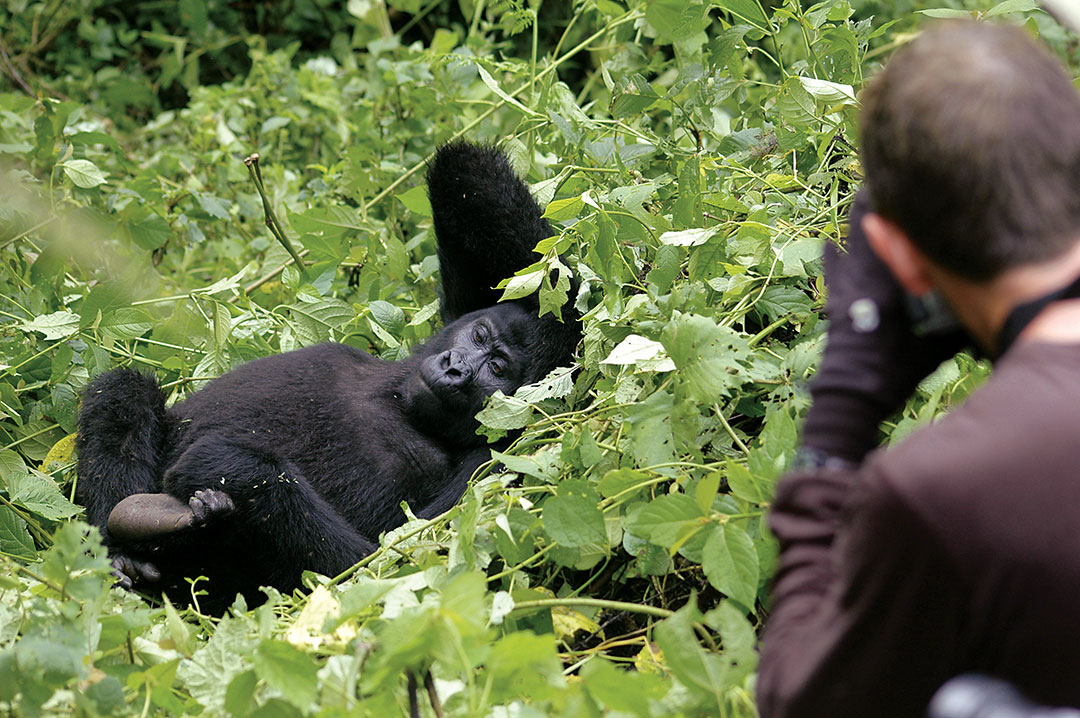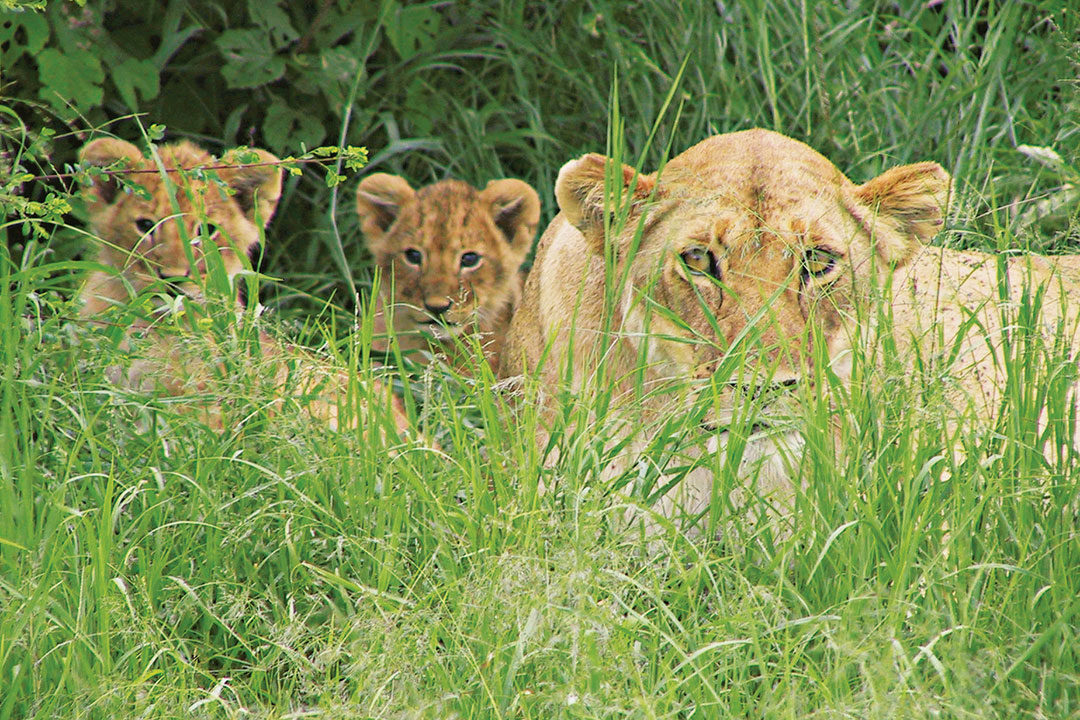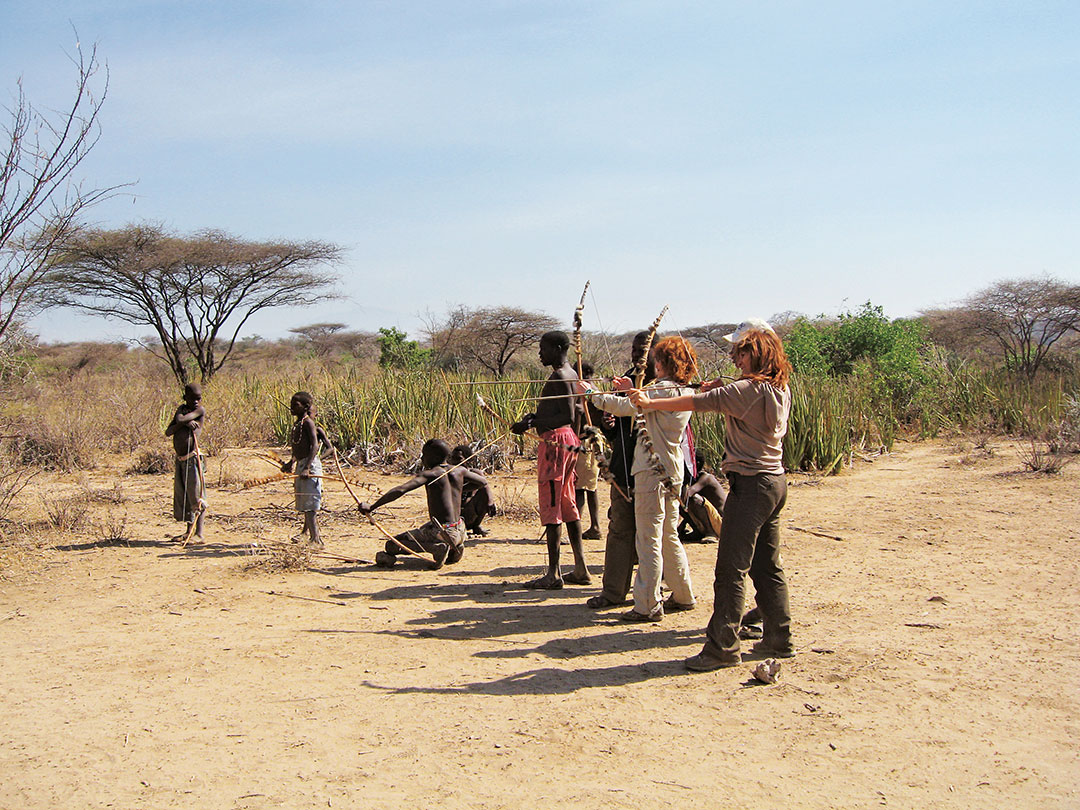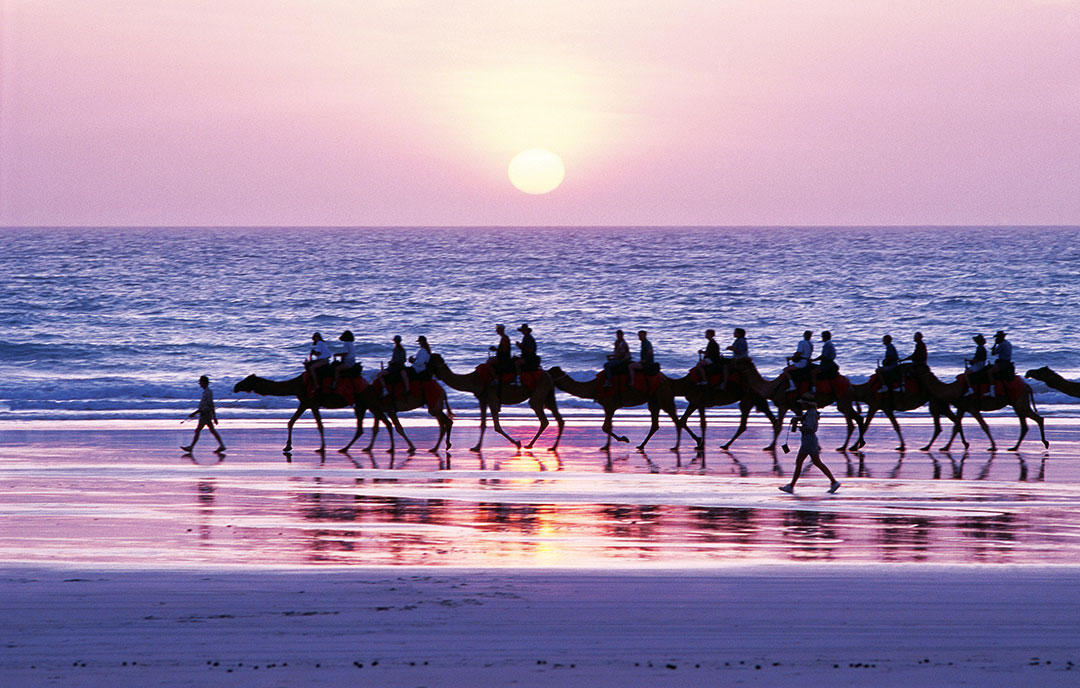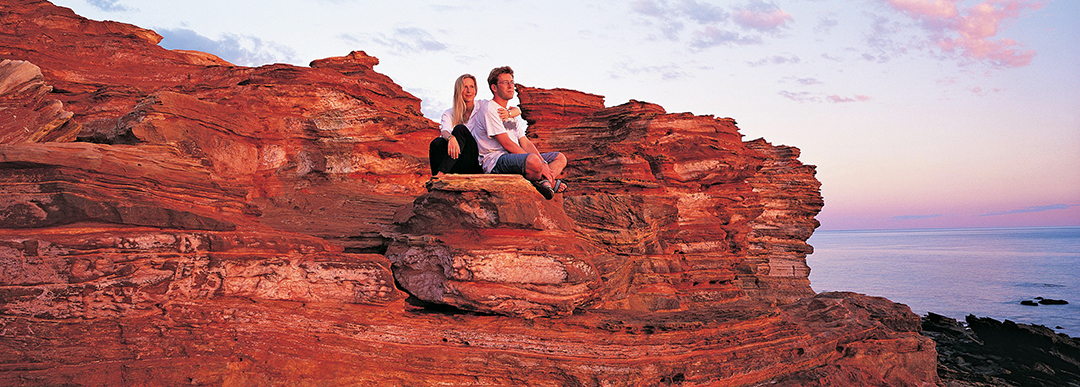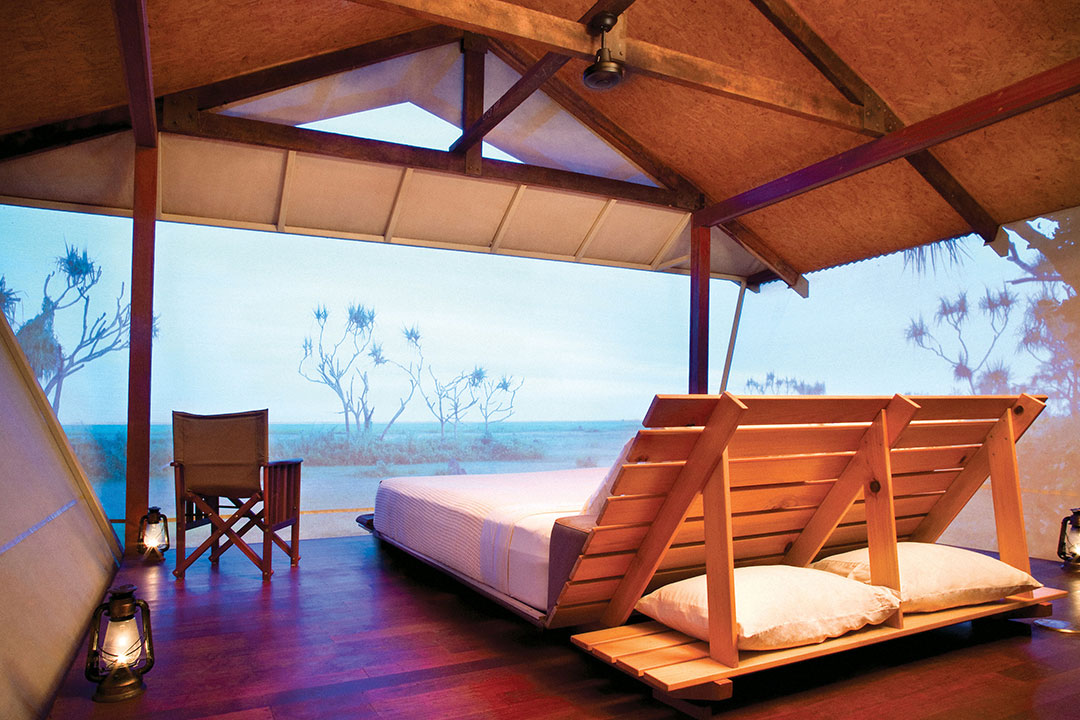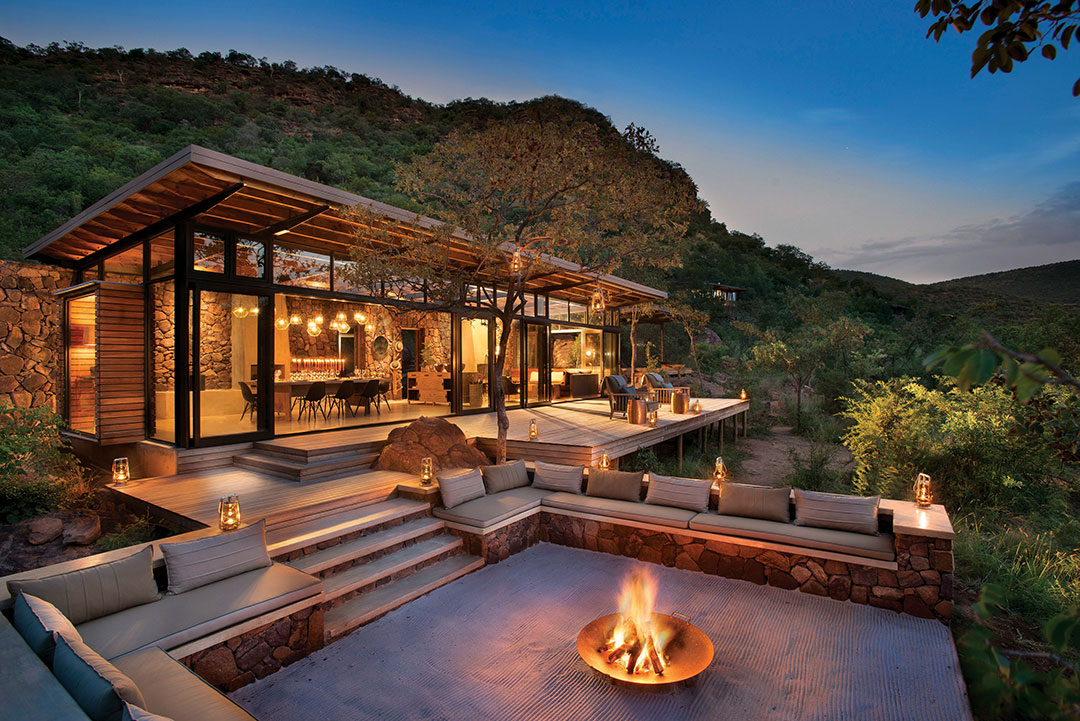With Spring just around the corner, now is the perfect time to swing into health and wellness. Envisioning and reflecting on your health goals is a breeze when your home supports and sustains your best self. Wellness themed homes are the perfect balance between comfort and functionality, blurring the lines between a relaxing, replenishing vacation and a regular Thursday night.
Christie’s International Real Estate showcases five beautiful home retreats that are sure to make returning home after a long day as anticipated as jetting off to a luxurious retreat.
Contemporary Mountain Retreat in Santa Fe, New Mexico
Nestled en route to the Santa Fe Ski Basin and miles of hiking/biking trails, this home makes wellness a top priority. Melt stress away in the private spa with a professional-grade gym and indoor hydrotherapy SwimEx pool, and wind down after a long day in the patio hot tub.
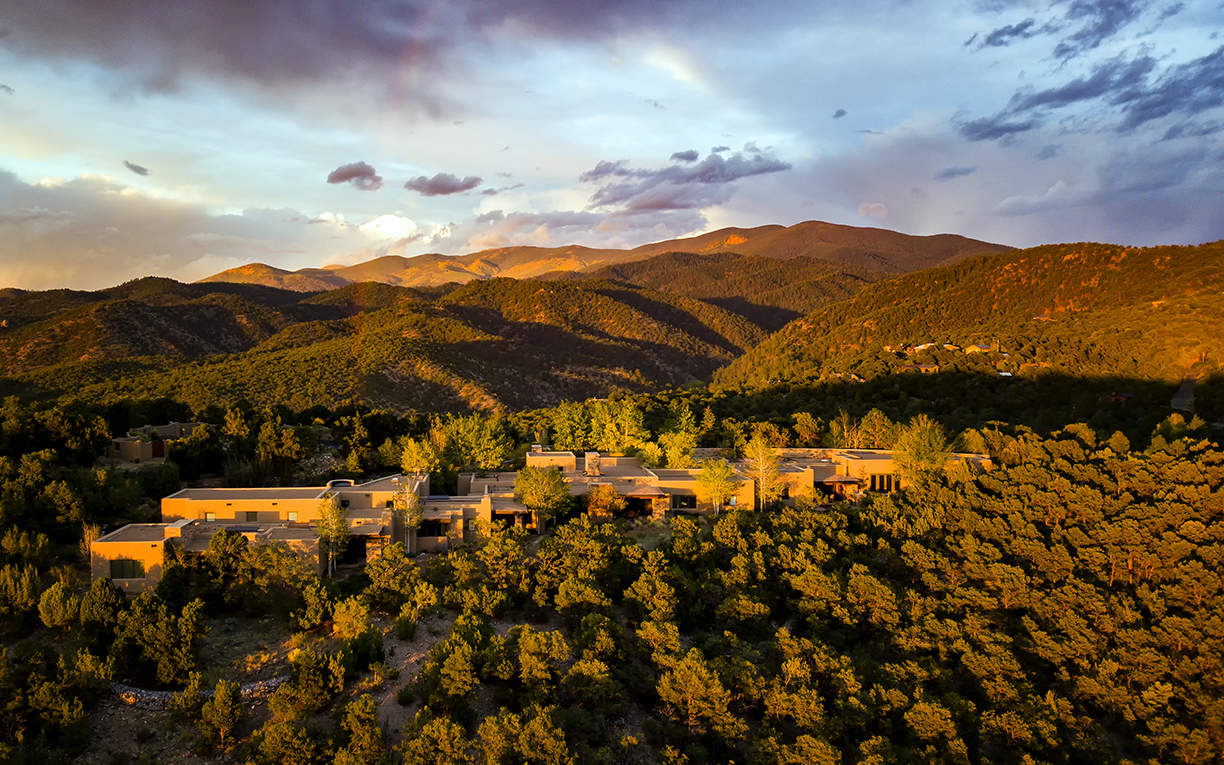
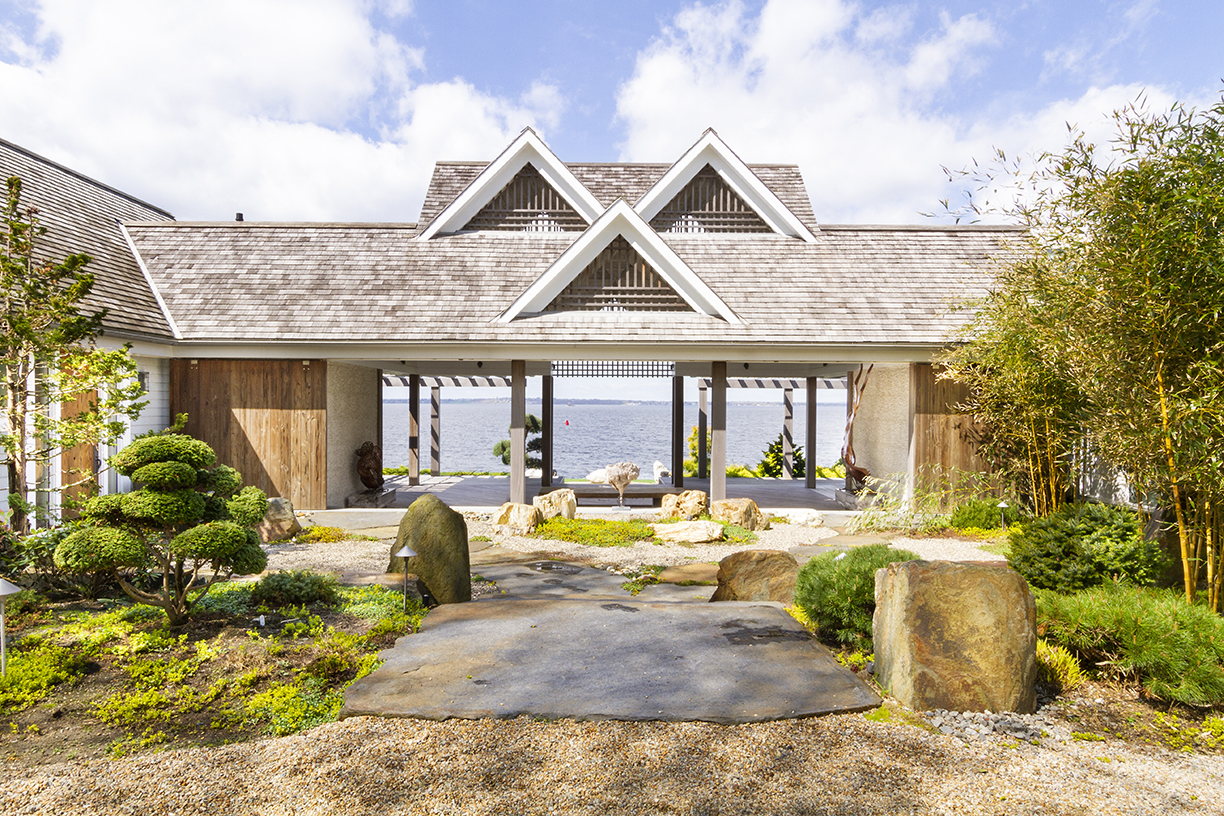
Shangri-La on Narragansett Bay in Bristol, Rhode Island
This idyllic waterfront estate was crafted for the outdoor enthusiast and molded for relaxation. Enjoy a sunset walk along the private beach, or evening swim in the heated infinity pool. A serene koi pond invites quiet meditation and reflection. Taking it easy at this quiet seaside retreat is a beach-lover’s dream come true.
Alhambra-Inspired Palace in Marrakesh, Morocco
Nestled in the Palmeraie oasis, this home features designs in the tradition of ancient Moorish baths, and includes an authentic hammam, beautiful relaxation area, a spa, and lounges. Outdoors, guests and residents can relax in the rose and vegetable gardens, a pool area with pool house, or tennis court.
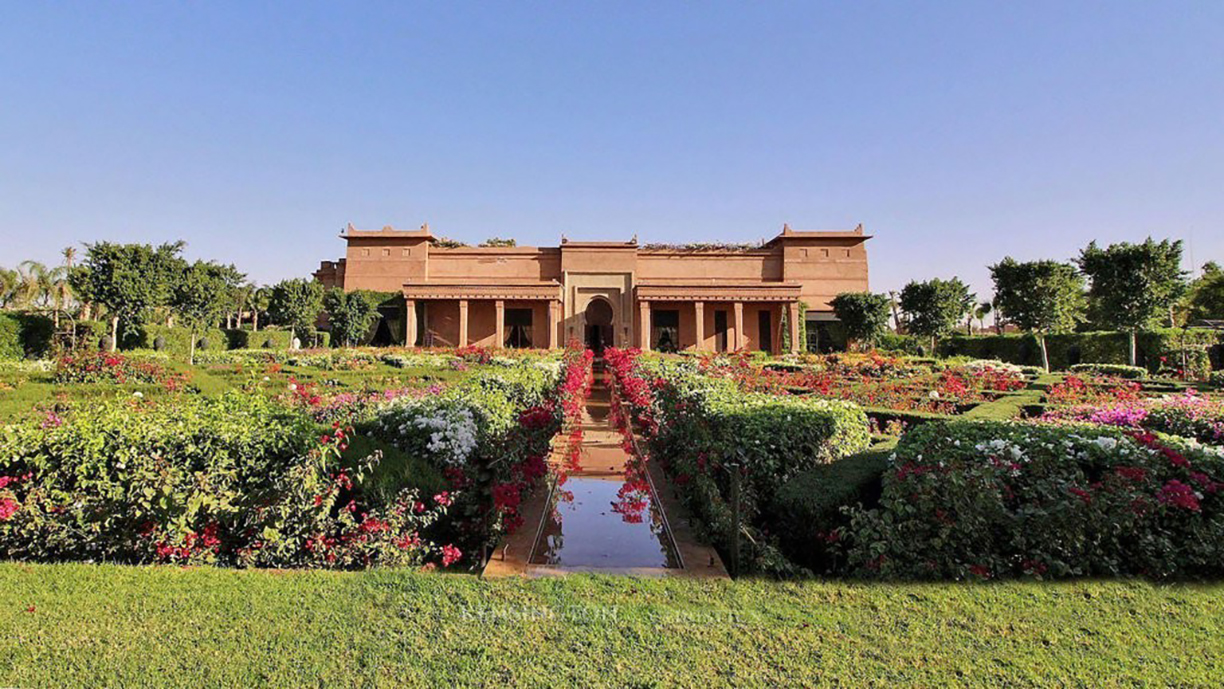

Hot Spring Estate in Ashigarashimo-Gun, Japan
This home is set in one of Japan’s ancient hot spring resorts, Yugawara. The home’s lavish spa amenities include both indoor and outdoor onsen (hot spring) baths, celebrating Yugawara’s rich history as a prominent hot spring, and providing the utmost relaxation.
River Oaks Estate in Houston, Texas
This estate offers ample opportunity for both fitness and relaxation. Achieve healthy eating goals in the custom-designed chef’s kitchen, and exercise in the professionally equipped gym and sauna housed on the top floor. Outside, a pool, tennis court, and practice golf course make fitness and wellness goals a reality.

Photos and featured image courtesy of Christie’s International Real Estate
Architecture is an art form that can display preciseness, timeless aspects and the feeling of luxury. Architecture is unique in every building, home, and structure, further making it a work of art. The architecture in the United States is a combination of the myriad of cultures that inhabit the country. Luxxu.net recently took a peek at stellar modern houses in the United States that are unique in their lavish design and portray how diverse United States architecture can be.
Here’s a look at some of the top homes Luxxu.net has featured.
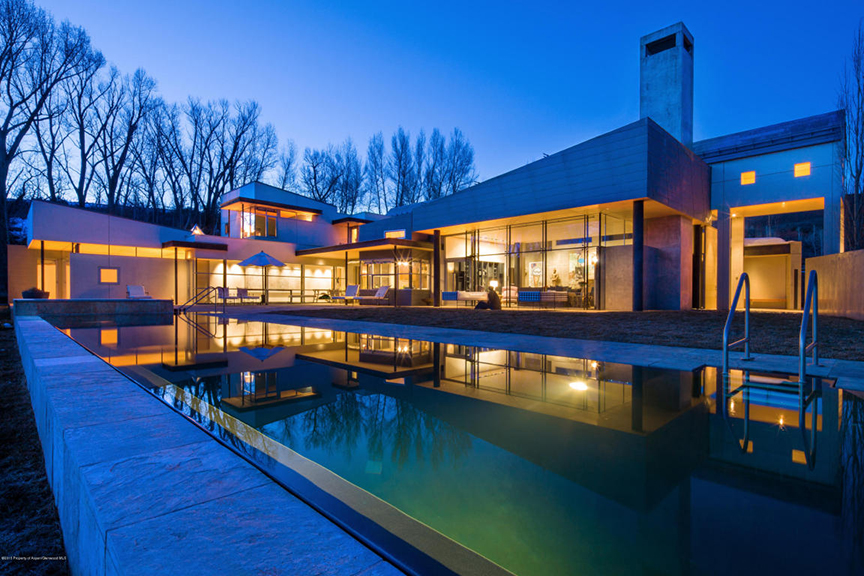
Woody Creek, Colorado
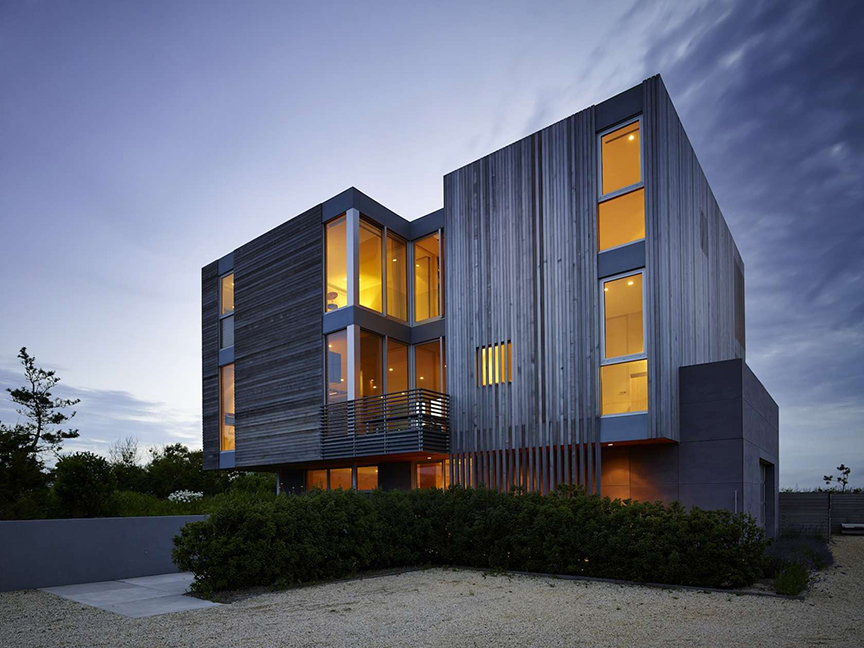
Watermill, New York
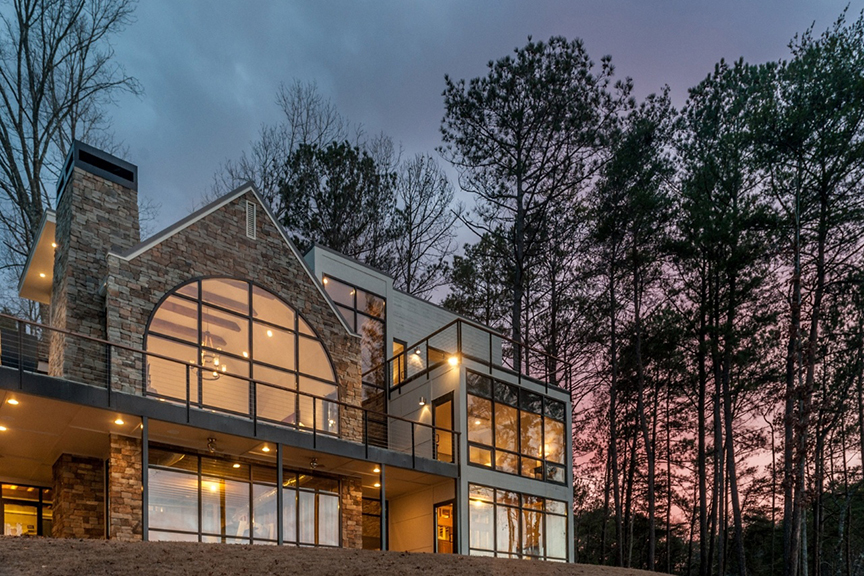
Smith Lake, Alabama
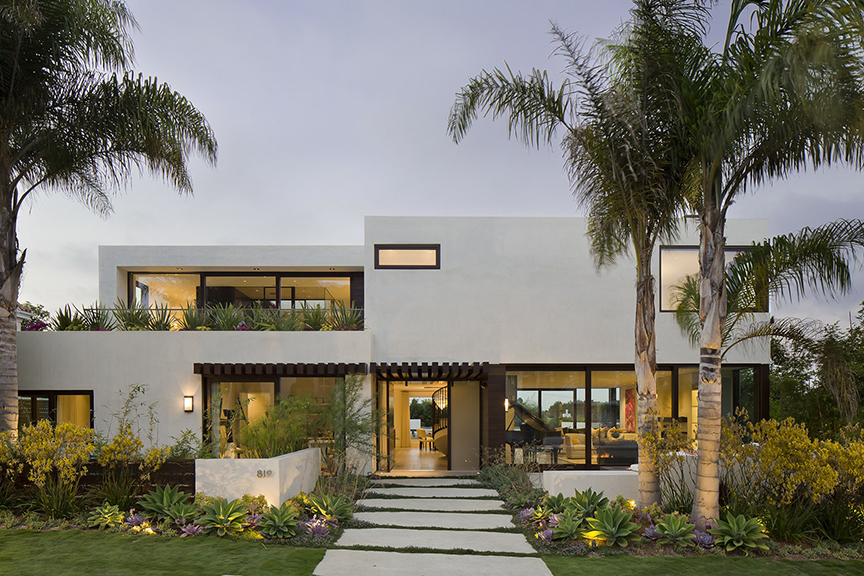
Los Angeles, California
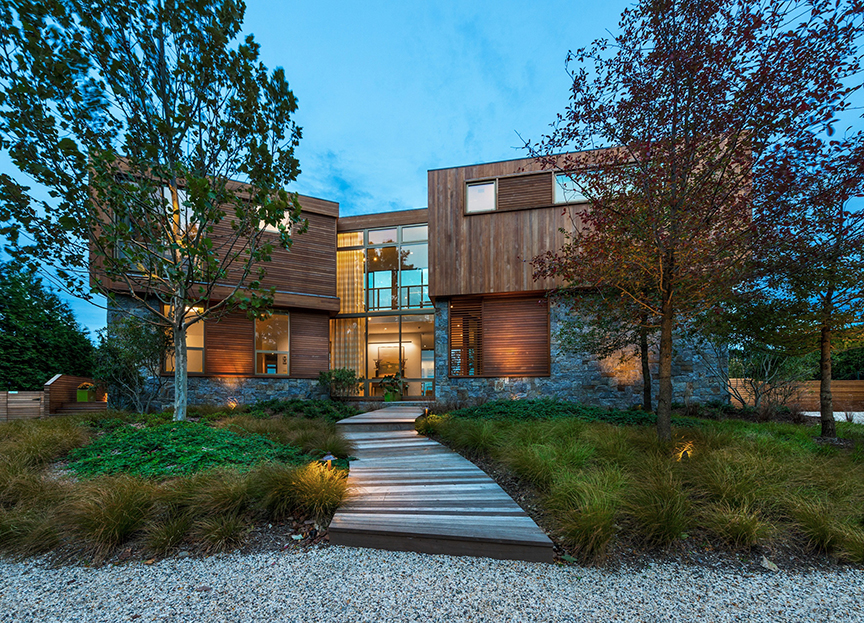
Sag Harbor, New York
Interest rates are up. Millennials are just beginning to make their housing play and empty nesters are looking for something new. Change is underway, making what now? the question of the year. In our annual yearlong series, we hope to answer that question — at least for real estate — by shining a spotlight on all the regions of the country.
Along with a snapshot of real estate markets, we take a dive into the latest on housing, developments and design. For this issue, we begin with the middle of the country, grouping three regions together: the Midwest, Mountain West and Desert Southwest.
Location, location, location may be real estate’s timeworn mantra, but more than location determines value today. Condition, price, property type, and even architecture are all at play, having more or less influence on value, depending on the location and price bracket. From the rugged mountains of Colorado and Utah to the desert expanses of Arizona to the heartland, the geography of our focus regions varies, but surprising threads run through all three, making them as similar as they are different.
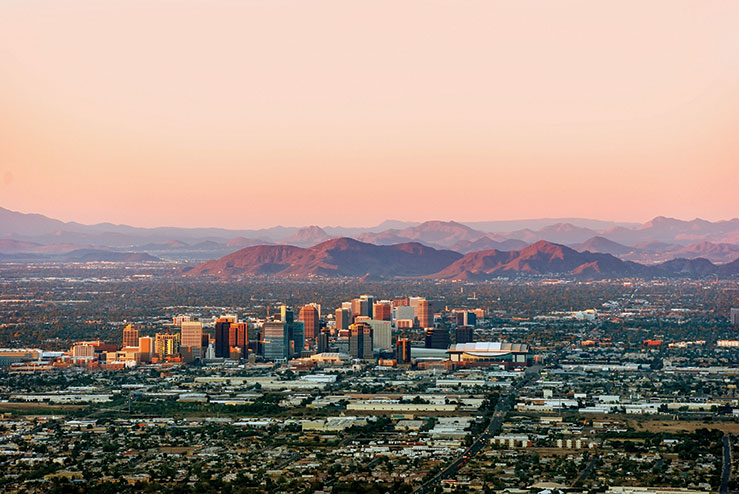
Chicago and the Midwest
Midwest luxury fared well in 2016 with sales of homes priced at $1 million and up increasing by 11.1 percent year over year; sales in the $750,000 to $1 million range were up by 20 percent. Like almost every market in the U.S., sales here showed a strong up-tick following the election and into the beginning of the year. “The dust has settled and people are ready to move on — and move in,” observed Steve Baird, president of Baird & Warner in Chicago. “Prices for high-end properties have surpassed the peak of 2007 and 2008,” reports Joanne Nemorvski, with Berkshire Hathaway HomeServices KoenigRubloff Realty Group, who brokered one of 2016’s highest transactions, an $8.35 million home in Lincoln Park, which also happens to be one of Chicago’s premier luxury locations.
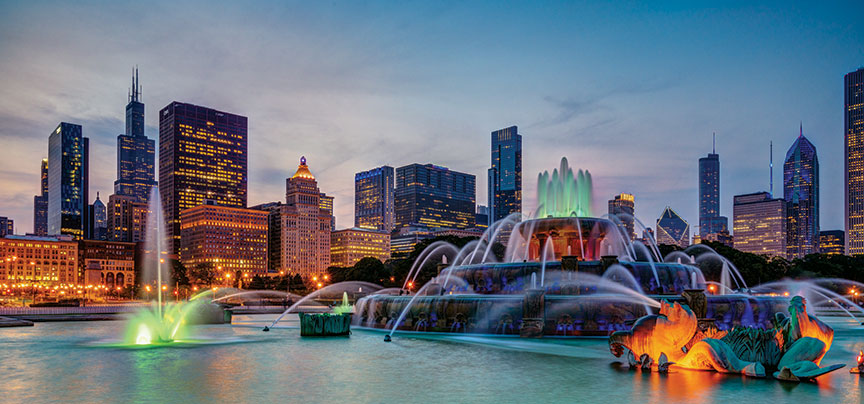
Highest-priced listing: $50 million urban estate in Lincoln Park set on a lot equal to eight city blocks with a 25,000-square-foot main house. Also notable is a $30 million estate in Fort Wayne, Indiana.
What’s Hot: Urban dwellings. And new residences affiliated with upscale hotels.
On the Radar: Luxury flips. Lenders such as Erick Workman, vice president of marketing at Renovo Financial, say, “We’re seeing more interest in 2017 for loans on high-end construction and luxury flips.”
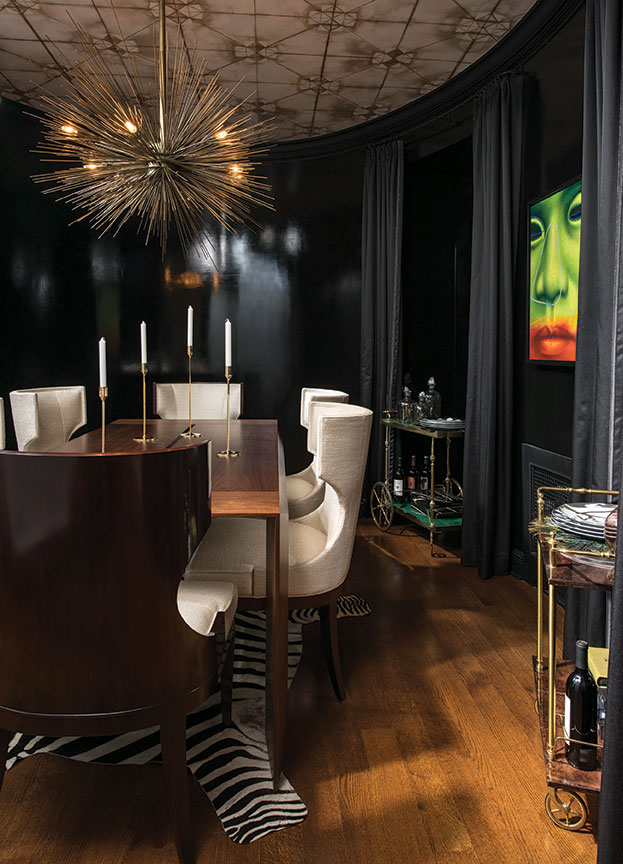
Design Trends — In Chicago
Decadent is the word Chicago designer Donna Mondi uses to refer to what’s hot in design here. “There is so much color and drama that is happening in design.” Noting that design typically follows fashion, she points to runway looks she says sometimes resemble “grandma’s closet meets a 70s partier.” Interiors haven’t gotten quite that crazy, but she expects them to become “much more eclectic.” Beyond colors, floral wall coverings are also back. “You can do a lot with wallpapers because it is a way to get major impact in a space. Textured wall coverings are great, but I’m talking about the highly patterned stuff that is really hot now,” observes Mondi.
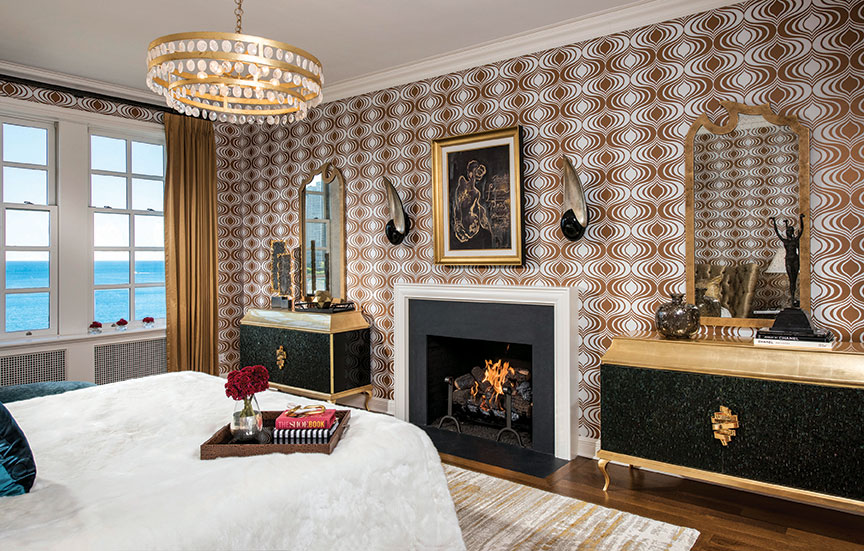
Desert Southwest
Here, real estate is a story of many markets, price points and sales. The region is expected to have some of the hottest markets in the country in 2017, according to Realtor.com. Phoenix leads its list of 100 top markets for 2017, with projected growth of 5.9 percent in price and 7.2 percent in the number of sales. Tucson is also in the top 10 with an expected 6.1-percent increase in prices and 5.5-percent bump in sales. Arizona was hard hit during the recession. Many places or price brackets are coming back as the last pieces of the recovery puzzle to fall into place.
Entry and mid-level brackets have a tight supply of for-sale properties, but the luxury story revolves around an oversupply. In Paradise Valley, one of the Southwest’s premium locations, the median list price was $2.33 million, while the median sale price for the million-plus bracket was $1.43 million. The supply of luxury properties on the market in Paradise Valley ranges from 30.9 months for the $2 million-to-$3 million bracket to 102 months for $5 million and up. Scottsdale has a median sale price of $509,000. Over $1 million, the months of inventory range from under a year to 61 months for the $3 million-and-up bracket.
“People want quality, and if you are selling for over $3 million in Paradise Valley, you should talk to a stager and an interior designer, so you can be competitive, not in price, but in condition,” says Aazami.
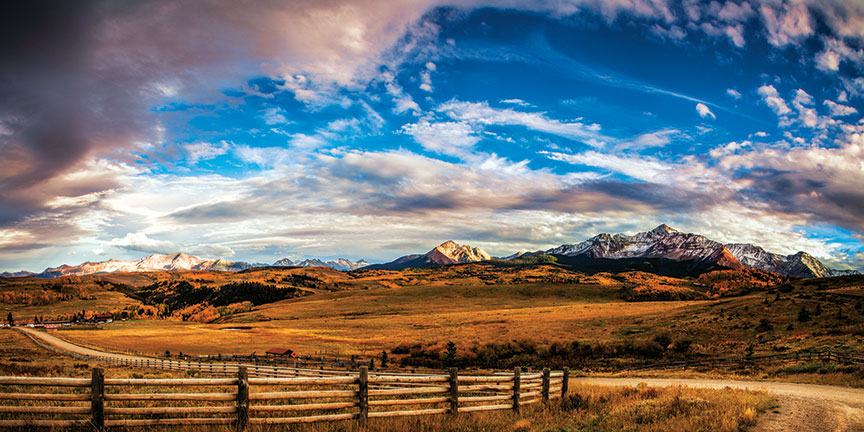
What’s Hot: “What’s on fire are new builds. You can’t get enough of new builds. They are getting north of $500 to $700 and $800 per square foot,” says Aazami. Penthouses like those at the Ritz-Carlton and Mountain Shadows are getting over $1,000 per square foot. At $1,100 per square foot, a unit at Mountain Shadows set a record for the region.
Highest-priced listing: Paradise Valley has the region’s highest with a $29.5 million estate on 11.48 acres, available as a pocket listing through Walt Danley Realty. Also notable is a $13.6 million estate with a guesthouse in the hills north of Santa Fe.
New Development of Note: The Residences at the Ritz-Carlton Dove Mountain in Tucson, which combine resort amenities and service with exceptional architecture.
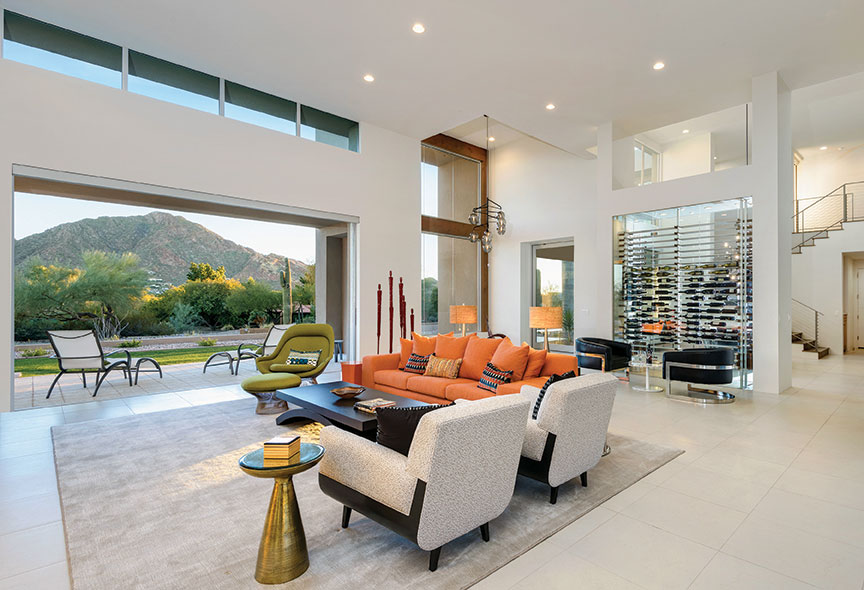
Design Trends — The Southwest
For architectural influences, it’s all about Contemporary in the Mountain West and the Southwest, from a soft California Contemporary to Postmodern and Mid-Century. Even more traditional homes are changing. In certain locations, a Santa Barbara style or a Colonial or a Mission style might remain popular, according to Tony Sutton, president and owner of Est Est Inc., in Scottsdale, but they are still manipulated by Contemporary influences.
“If you bring in a more Contemporary element to a Traditional or a Transitional design, you will get an eclectic twist. It helps give it more intrigue and excitement.” Grey tones and neutrals still predominate, but expect an infusion of color — greens, blues and aubergine. Indoor-outdoor synergy is key, with main living spaces often oriented around patios and pools.
Mountain West
The real estate landscape in this region is as varied as the geography. For the last couple of years, Denver has been one of the strongest markets in the country; and, like many hot markets, the story here is a lack of inventory. In a recent RE/MAX housing report, Denver and Seattle tied for the fewest homes on the market, with less than a month and a half of supply. Experts such as Anne Miller, director, brand marketing for RE/MAX, say availability will continue to be an issue.
“Smashing” might best describe recent sales in mountain resorts, where transactions in both Vail and Aspen crushed existing price records. Overall, Telluride broker George Harvey, who is also NAR’s 2017 vice president for the region, says, “All the mountain resorts have recovered nicely.” For many, the 2016 story was keeping pace, while Vail saw overall sales increase by 9.5 percent. The highest price for a single-family property in Vail was $17.6 million, which was eclipsed in January 2017 by the $23 million sale of Vail’s most treasured estate. Another record was a new high price per square foot in Lionshead. Just in the first month of 2017, the Stockton Group at LIV Sotheby’s International had $60 million worth of property under contract.
In the first half of 2016, sales plunged in Aspen, but recouped some by year end. Still, the fourth quarter saw a new record price per square foot of $5,427, with the sale of a $16 million penthouse in the new Mountainside building at Dancing Bear Aspen. The same building accounted for $40 million in transactions in the last quarter.
Highest-Priced Listing: Elk Mountain Lodge, an $80 million compound in West Aspen.
On the Radar: Foreign buyers (or the lack of them), residence clubs and new construction in Snowmass.
New Developments:
Denver, Colorado: New master-planned development RidgeGate is generating lots of interest and also is a good indication that Millennial families are looking outside of urban centers. This is only one of a number of large communities underway in the Denver area.
Park City, Utah: Now that Vail Resorts owns both Park City Resort and the Canyons Resort, more than a few cranes are in evidence with new builds underway (some previously approved) at the Canyons. Apex Residences will be located at the highest point in the Canyons Village. Deer Valley also plans to expand on the east and south sides overlooking the Heber Valley. Look for new everything — terrain, lifts, and exclusive communities.
Aspen, Colorado: More than Dancing Bear Aspen is happening here. Another new development, One Aspen, named after historic Lift One (once the longest ski lift on the planet), is located at the base on the west side, which is often described as Aspen’s best-kept secret. Prices begin at $12.1 million, and almost half have already sold.
Learn why you should hide the guidebook.
By Sarah Binder
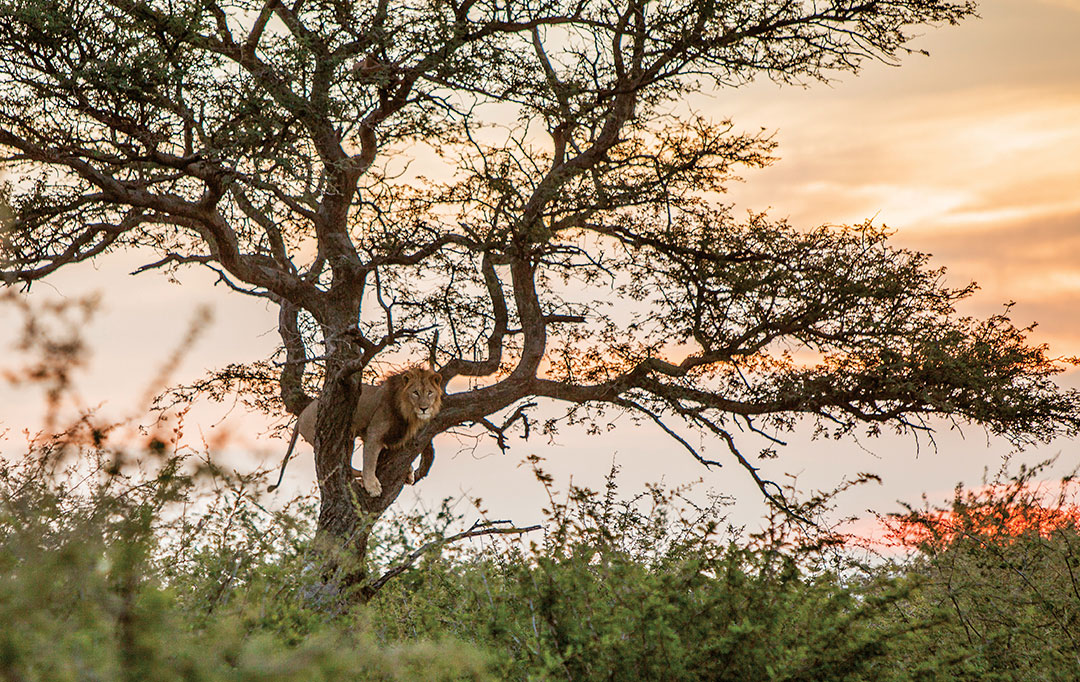
Photo courtesy Ker & Downey; ©Rosita Stumpel
Luxury travel used to involve a simple formula — determine where you want to go; work with a provider to book the essentials; and enjoy “luxuriousness,” which likely would not extend beyond the trappings of your boutique hotel room.
As the ultimate caretakers of precious leisure and family time, several trailblazing companies — renowned for thought leadership, unparalleled customer service, extensive networks, and encyclopedic knowledge — are responding to their clients’ desire for more meaningful luxury travel.
In recent years, a new phrase has caught hold in the luxury tourism industry: experiential travel. The descriptor gives a name to a type of travel that the savviest providers and clients already embraced — a wish to completely immerse oneself in a destination. To connect with its soul, rather than check off recommended, overcrowded sites with Instagram selfies that are forgotten as quickly as they are snapped.
“Experiential travelers want to dive deeper into authentic, local cultures, connecting with people in ways that enrich their lives and create lasting memories,” explains Stephanie Click, marketing manager for Ker & Downey. “We have noticed a trend towards ‘travel with a soul’ — clients who don’t just want to ‘go,’ but also want to ‘do’ and ‘be’ as much as possible.”
Safaris are often described as the first form of experiential travel, and providers are devising innovative ways to take guests off the beaten path. Abercrombie & Kent offers a private, tented safari in East Africa. It features a mobile and self-sufficient camp, so clients aren’t restricted to locations with game lodges, says Stephanie Papaioannou, vice president of Tailor Made and Private Travel.
The top luxury travel providers bring to the table intimate first-hand knowledge of both classic and emerging destinations worldwide, as well as a vast network of resources that can elevate tailored activities to a whole other level.
“We have a special relationship with Paspaley, the largest and oldest pearling company in Australia,” says Drew Kluska, founder of South Australia-based The Tailor. “They invite us into their grading room, where the best graders in the world demonstrate their process. They’ve been doing this for 80 years and will pull out the best 50 pearls they have ever seen from their exclusive collection.”
Kluska grew up in rural, off-the-radar South Australia before attending university and majoring in agricultural science. His upbringing — combined with later tourism experience in Kenya — led him to launch the company, which showcases Australia through hand-crafted luxury journeys complemented by the perspectives of generations of locals.
“Australia is virtually untouched in many areas. The rural population, people who live on the land, is very small,” he explains. “I was able to tap into people that live in remote areas, in order to create what I call a people-to-people experience. This kind of experience didn’t exist previously in Australia.”
Kluska and others understand that a destination’s people are its heart and soul; meaningful personal interactions are a key component of experiential travel.
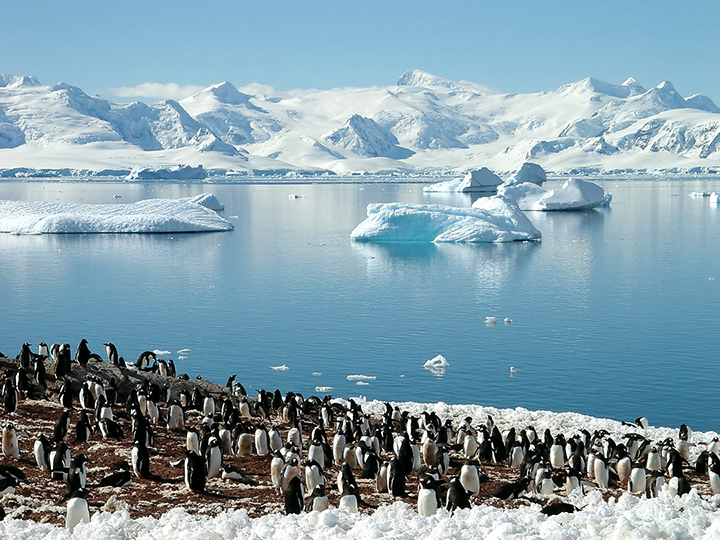
Ker & Downey offered several days of private guided helicopter tours in Antarctica, led by a professional photographer, for two clients who were also professional photographers. ©istockphoto.com/ Kira Kaplinski
In New Zealand, Ker & Downey guests can accompany a former fisherman aboard his yacht to his favorite fishing spots throughout the Marlborough Sounds and the islands of Tonga, meeting the locals he has formed friendships with over the years. Or, in Bulgaria, guests can set off on a horseback ride amid the Rhodope Mountains to St. Ilia Chapel. There, they will meet its local painter — a young man who says he has been called by God to restore the chapel, says Click.
Other personal encounters may be higher-profile. “Often, we will involve people who have nothing to do with travel, but who have expertise or valuable insights to share,” says Philippe Brown, founder of London-based Brown + Hudson. For example, the company planned a bespoke South Africa honeymoon in which a couple sat down and talked with Archbishop Emeritus Desmond Mpilo Tutu, the 1984 Nobel Peace Prize winner famous for helping to bring about the downfall of the apartheid regime.
Whatever the preferred activities, high-end experts are pros at helping clients travel “where they want, when they want, with whom they want, and in whatever style they choose, from luxurious to adventurous,” says Papaioannou. She adds, as travelers’ motivations continue to evolve, the definition of “real luxury” may shift, but it remains distinguished by three hallmarks.
“Real luxury has authenticity, flexibility, and a sense of well-being. Authenticity means the product is true to its place and traditions, incorporating elements of the past and reflecting the local culture,” she explains. “Flexibility refers to service that anticipates your needs and satisfies them in an unobtrusive manner. And a sense of well-being comes from knowing you are traveling with a first-class organization for whom the word ‘impossible’ does not exist.”
Kluska predicts that future luxury travel may entail what he calls “pop-up experiences.” For example, guests may travel to pop-up lodges in remote regions during limited times of the year, to enjoy rare experiences such as a desert in bloom.
No matter its make-up, all luxury experiential travel supports universal goodwill. “Our style of travel brings clients straight to the source of each destination’s identity, and leaves them with an understanding of its people and culture,” says Click. “Being an open-minded traveler leads to being an open-minded citizen, and as the world becomes more connected, we think that is important.”
Destination Surprise!
Going above and beyond the usual specifications to help clients articulate why they want to travel can help planners translate those motivations into unforgettable experiences.
Philippe Brown, founder of London-based Brown + Hudson, describes how his team conducts extensive personal interviews to determine their clients’ quirks, likes, dislikes, motivations, their definition of luxury, and outcomes sought. Ultimately, the team distills and presents a client with a set of goals, which serves as a guiding framework for creating his bespoke itinerary.
“We delve carefully into our clients’ psyche to find out what makes them tick, who they are, and what their story is,” says Brown. “We work like a cross between a therapist and an investigative journalist.”
This in-depth discovery process serves Brown + Hudson well in its most ambitious concept: A Journey with No Destination. Unique in the luxury tourism industry, these completely customized journeys are designed so that the destination and itinerary are unknown to the client until she arrives, or right before the flight.
“I wondered whether travel could potentially be all about the outcome rather than the place,” explains Brown. “My sense was, if people traveled to achieve a certain feeling, then perhaps the destination didn’t even matter. And thus, A Journey with No Destination was born.”
The thoughtful surprise itineraries focus on the outcome of the trip, or the feelings it will evoke for the client, which are discussed at length in the planning phase.
For example, the company connected one client with a charismatic local baker, who vacuum-packed the finished product for her to take home to New York. “The goal was to evoke childhood memories and embrace a simple longing for comfort and warmth,” says Brown.
The team builds suspense and playfully misleads clients through carefully crafted, pre-travel information, gifts, and activities, even convincing them that they’re traveling thousands of miles away from their actual destination. Clients have met the author of a book about the emotion of surprise or an archaeologist at a natural history museum.
The impactful grand reveal may not make sense immediately, such as a journey involving a Texan oil field to learn about culture. However, the reward is the enlightenment clients experience throughout their vacation. “We create an intellectual journey of self-exploration and discovery that transcends the physical journey,” Brown says.


